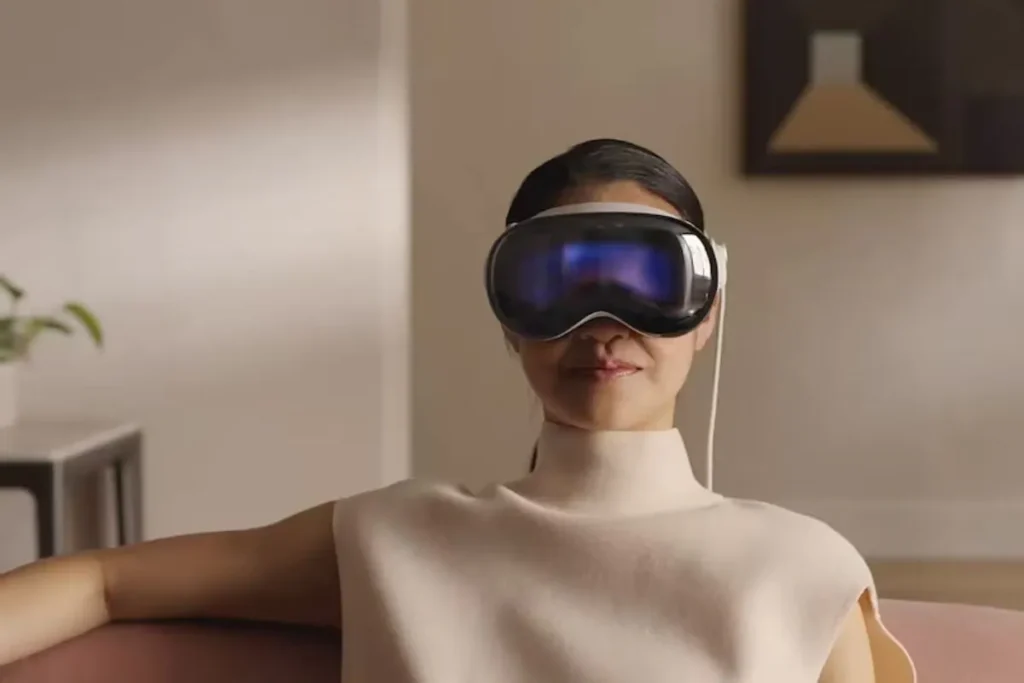Adjustable Lenses in Future Apple Vision Pro Could Eliminate the Need for Zeiss Inserts
Apple Vision Pro May Get Vision-Correcting Lenses in Future Versions
Apple’s Vision Pro, introduced at the Worldwide Developers Conference (WWDC) 2023 as its first mixed reality (MR) headset, has faced challenges in the market. Factors such as its high price, limited native applications, and lack of significant consumer interest have been pointed to as reasons for the device’s lower-than-expected adoption. Despite these setbacks, Apple remains undeterred in its plans to innovate further in the MR space. This is evident from a recent patent filing that suggests future versions of the Vision Pro might feature tunable lenses for vision correction, potentially enhancing the device’s appeal.
Patent for Vision-Correcting Lenses
Apple has submitted a new patent to the United States Patent and Trademark Office (USPTO), published on August 22, describing a head-mounted device with fluid-filled, adjustable lenses. These lenses are designed to align with the user’s eyes and provide dynamic vision correction. For users suffering from presbyopia, or farsightedness, the optical power of these adjustable lenses could be tweaked to improve their vision while wearing the headset.
Dynamic Lens Adjustment for Enhanced User Experience
According to the patent, the fluid-filled lenses could adapt to various visual scenarios. When a user is viewing distant objects, the lenses could adjust to provide 0 power diopter, maintaining a natural vision state. However, when focusing on closer objects, the lenses could dynamically increase their optical power, effectively compensating for the user’s farsightedness. This level of adaptability could eliminate the need for external corrective inserts, like the Zeiss inserts currently required for vision correction in the existing Vision Pro models.
Implications for the Mixed Reality Market
If Apple successfully integrates these tunable lenses into future versions of the Vision Pro, it could set a new standard in the mixed reality headset market. Such a feature would not only enhance user comfort but also broaden the device’s accessibility to users who require vision correction. This innovation could make the Vision Pro more appealing to a wider audience and potentially lead to a stronger market presence.
Challenges and Future Prospects
While the patent provides a promising glimpse into the future capabilities of Apple’s MR headsets, there are still several hurdles to overcome. Developing fluid-filled, adjustable lenses that are both reliable and cost-effective will be a significant engineering challenge. Additionally, Apple will need to consider how such features could impact the overall size, weight, and battery life of the headset. Nonetheless, Apple’s commitment to refining and advancing its MR technology remains clear, as does its strategy to stay ahead in the competitive tech landscape.
Apple’s Vision Beyond Vision Pro
This development is part of Apple’s broader ambition to create more integrated and user-friendly augmented reality (AR) and virtual reality (VR) experiences. With innovations like tunable lenses, Apple aims to differentiate itself from competitors and redefine user expectations for mixed reality devices. While the current Vision Pro has room for improvement, Apple’s forward-thinking approach suggests that future iterations could deliver more seamless and accessible MR experiences.


















